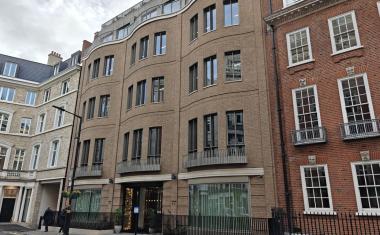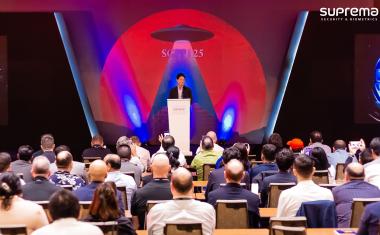How to Secure a Solar Farm with Radar Detection
It can be a challenge for even the most experienced security professional to secure solar farms and solar fields. In contrast to many other industries, solar farms are large, open-air facilities that are often located in isolated, unfenced areas and are therefore at risk of vandalism and theft.

With the rise of renewable energy, it has become increasingly important to ensure that solar farms, like other power plants, are secure. In 2021, wind and solar power accounted for 10% of the world's energy supply, and many of these solar farms are directly connected to the traditional power grid.
Here are four reasons why solar farms should use radar detection technology to secure their perimeters:
Radars are Designed to Monitor Perimeters Over a Wide Area
Radar detection technology is proving to be a valuable tool, with its ability to detect threats over large areas and detect movement in cluttered environments. Considering the size and expanse of solar farms, this is of particular importance.
Besides consuming large swaths of land, solar farms can also be located in locations that are not necessarily flat. The radar can provide complete perimeter coverage up to the installation pole, eliminating dead zones in terrains with varying elevations.
Radar Offers Highly Accurate Target Detection
Solar farms are typically located in rural areas and surrounded by wildlife. Unlike traditional security solutions, radar detection technology coupled with AI capabilities can distinguish between the movements of animals, such as birds and deer, as well as those of humans and vehicles, thereby eliminating false alarms and alerts. The radar is also non-affected by severe weather or poor lighting, so its detection performance is more accurate than that of other perimeter security measures.
A Radar System is a Cost-effective Solution
Traditional security technologies, such as surveillance cameras or fences, can be cost-prohibitive for solar farms. Most solar farms require a large amount of fence line, which can be costly, whereas using surveillance cameras require a direct power supply, many infrastructure resources, and ongoing maintenance. On the other hand, radar consumes less power, requires less bandwidth, and can be powered by solar energy. Also, because of its wide coverage range, it allows for the installation of fewer radars per meter, while still maintaining high detection performance.
Radars Offer Effective and Efficient Security
By using radar models in different ranges, users can enable "gap filling" to offer tight coverage in areas where larger range models cannot be used. For example, solar farms with many “corridors” and corners would suffer from blind spots since the panels would obstruct the long-range radar's “view” of the perimeter. By using short-range radars
Solar Farms can Leverage a Multi-layered Approach to Eliminate Dead Zones
Additionally, video-based object classification can be performed using AI algorithms and radar systems, to detect and classify targets such as people, vehicles, and boats. The system can also filter out irrelevant alerts caused by wildlife and fauna that often surround solar farm sites without compromising threat detection. As a result, the security team will be able to respond to real-time alerts more quickly.
With the rise of thieves and vandals targeting these new, energy-producing facilities, security professionals will look to deploy technologies like radar to enhance solar farms' perimeter security.













